We all understand the frustration when something goes missing. It could be the mad dash to find your keys in the morning, or listening out for the faint sound of your phone’s ringtone around the home.
When it happens in our personal lives, it’s an annoyance. When it happens at work, the results can be far more costly. If emails are misplaced, or files get lost in an endless maze of folders, this can have a major drain on productivity:
- 49% of employees struggle to find documents they need consistently
- On average, UK employees waste 1.5 hours a week looking for misplaced documents
- 83% of employees have needed to recreate an existing document because they couldn’t find it
- An estimated 15% of a company’s documents are misplaced, while 7.5% are kept even though they’re obsolete
- Approximately 90% of companies experience bottlenecks when managing digital content
Marketing teams are not immune from these statistics. Designers devote hours recreating lost assets. Managers waste substantial amounts of time relocating files. Campaigns are delayed or missed altogether because its assets were not available. Consistency is compromised as replacements are rushed through production.
These examples may be enough to give experienced marketers painful flashbacks. But, as is so often the case, technology has evolved to overcome these persistent problems, with Digital Asset Management (DAM) now a key component of many marketing teams’ toolkits.
However, many marketers are still to realise that the evolution didn’t stop there. As revolutionary as DAM has been, it is just a stepping stone to an even more complete and powerful platform – Brand Activation Management (BAM).
For those yet to be informed, here we will explain why the BAM vs DAM “debate” is actually an example of how technology continues to mature to meet the growing needs of marketing teams worldwide.
What is Digital Asset Management (DAM)?
Before we break down this evolution, it’s important to understand where it began. Digital Asset Management (DAM) software centralises all of an organisation’s digital assets into one central location. Documents, images, videos, photos, audio – these assets and more are stored in one place to remove the risks of content going missing or being unnecessarily duplicated.
After rising to prominence in the 1990s with systems like Cumulus, DAM software has become more robust and comprehensive. Marketing teams spread globally could store and share an infinite number of assets in one place, improving collaboration, productivity and consistency.
- Large files can be shared faster than relying on email or services like WeTransfer
- Unique tags and metadata enable people to search for the assets they need faster
- Brands have greater oversight and control over the most up-to-date versions of assets, so nothing outdated is published
- Any outdated assets can be archived to allow for updated versions later
- The costs and resources associated with duplicating work disappear, as everything uploaded to a DAM is quick to find and access
Indeed, it is no surprise that by 2024 the DAM market is anticipated to be worth an enormous £6.3 billion. For many teams that have introduced these systems, they have become an indispensable part of their operations for numerous reasons:

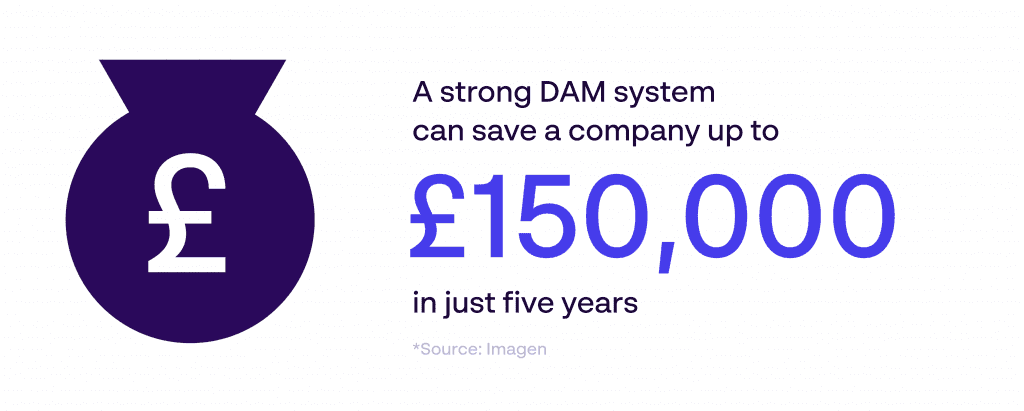
This sounds incredibly promising. However, it is important to remember that DAMs only serve one purpose – effective management of your digital assets. The best examples of this software do that job very well, but it is just one step towards marketing teams maximising productivity and locking down consistency.
If you wanted to take other steps towards this goal – rapid content production, easy-to-access brand portals, efficient translation and localisation, birds-eye view of campaigns, etc. – you would need to invest in other systems. This increases costs, and means your team would have to be trained to use multiple tools.
In summary, DAM software has been a vital development in marketers overcoming obstacles to their performance. But, as these DAM systems can only achieve so much on their own, new technology has used their foundation to deliver even more comprehensive support to global teams.
What is Brand Activation Management (BAM)?
This is where Brand Activation Management (BAM) enters the picture.
Developed in recognition of the importance of brand identity in today’s landscape, and the challenges marketers face in establishing and maintaining this to a worldwide audience, BAM is an all-inclusive approach to protecting, preserving and propelling a brand to achieve its full potential.
An important way BAM platforms fulfil this ambition is by including an in-built, configurable DAM as part of their package.
This means that BAM systems deliver the same benefits as a DAM – a central resource for all brand assets globally. Robust search and filter systems to locate required materials. Teams are able to download and share assets with teams around the world. Less confusion, more productivity.
But, while this is where the advantages of a DAM stop, for BAM it is just one way it helps marketers unlock their brand’s true power. These additional capabilities include:
- Enabling anyone, regardless of specialist expertise, to create and edit brand consistent print and digital marketing materials in minutes – all done in-house
- Instant sizing and formatting of assets for multiple channels – social media, video, brochures, digital banners, posters, billboards, etc.
- Straightforward translation of content into a wide range of languages for audiences across the globe
- Providing a single source of truth for an entire brand, housing all guidelines and standards in one central portal
- Allowing users to oversee and manage the delivery of assets across their campaigns, and track asset usage and other useful data
You can explore the full capabilities of this technology in our article “What is BAM?” Give it a read to discover exactly how these platforms build on the example set by its predecessors, including DAM systems.
Debunking the BAM vs DAM debate
Due to this, any imagination of a “BAM vs DAM debate” misses the point. The fact of the matter is that BAM wouldn’t exist – at least not in its current form – if DAM wasn’t around first.
The development of DAM will always be a critical innovation for marketing teams across the globe. But, like how DAM itself was an improvement on humble file sharing and folder setups on desktop computers, BAM has evolved from this to broaden the horizons of teams looking to take their brand to the next level.
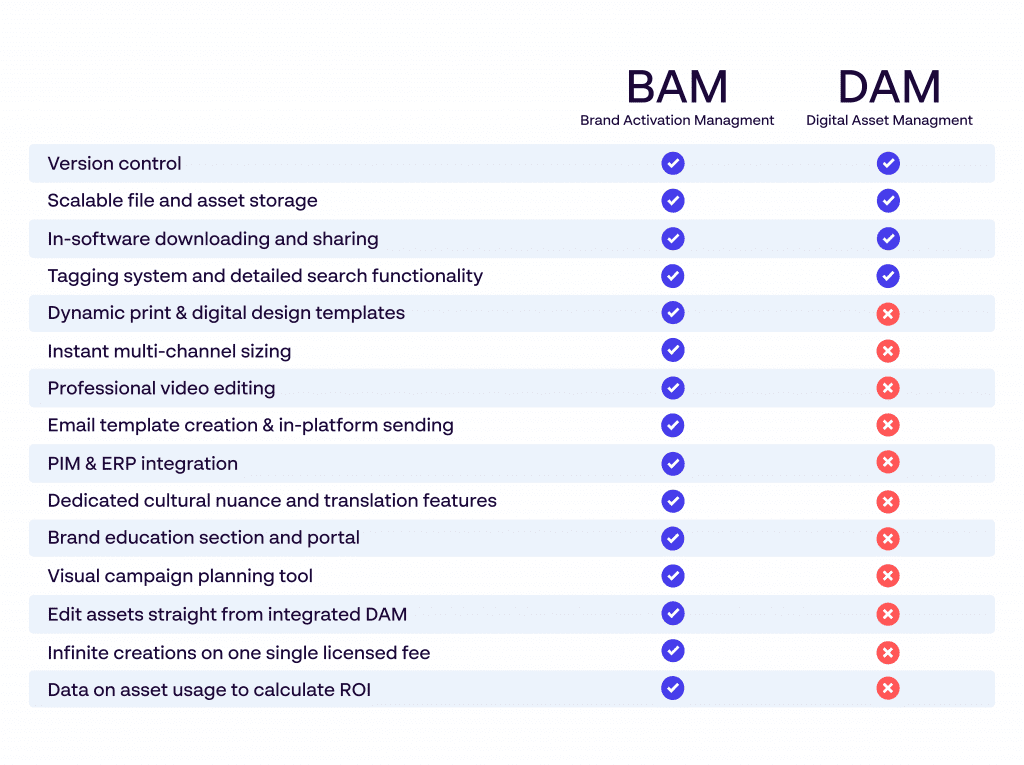
Technology constantly evolves to overcome challenges and make our lives easier. Imagine if we stopped developing modes of transport after the bicycle was invented. Or if we still shared information between computers on floppy disks.
BAM is an illustration of that evolution in action – taking the undeniable benefits that DAM systems provided, and then building on that with other innovations to establish one all-encompassing solution for brands and teams worldwide.
Why BAM beats DAM in employer branding
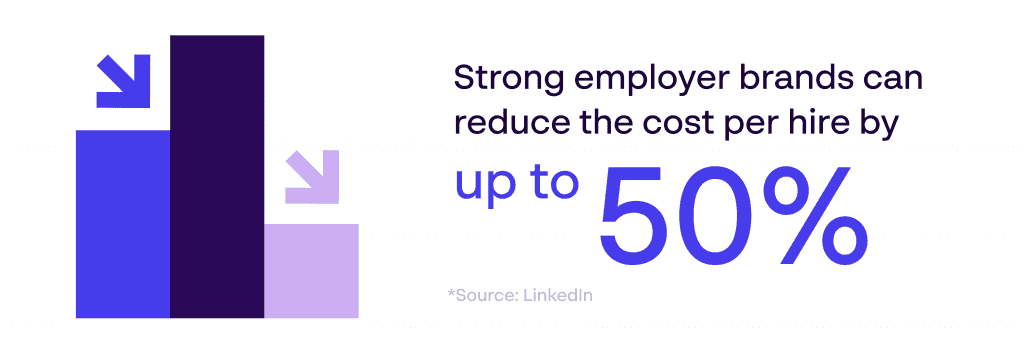
Numerous employer brand teams have utilised DAM software to support their efforts to recruit and retain top talent. Particularly for organisations with locations globally, with different languages and cultural nuances at play, it is all too easy for assets intended for one campaign to get mixed up with assets from another.
By using a DAM, employer brand teams have been able to contain everything in one place, so nothing is ever misplaced or confused. Assets can be tagged based on the location of the campaign they’re intended for, and workflows can be established so certain teams only have access to the assets that are relevant to them.
This unquestionably improves the productivity of these teams, and reduces the risk of inconsistencies hindering the effectiveness of campaigns. Yet, BAM builds upon these benefits even further:
- All EVPs, training videos and onboarding materials can be stored within the brand portal, helping candidates and recruits immediately grasp what your brand stands for
- It allows your team to quickly adapt assets with the right language and cultural imagery to best connect with global candidates
- BAM empowers teams to produce more content in-house, so you can be more present on the marketing channels that your preferred candidates use
- It helps to lock down brand consistency, something the majority of candidates want to see from prospective employers
- Because of how easy BAM is to use, employees are empowered to produce their own assets to advocate your brand on their personal networks
Why BAM beats DAM in retail marketing
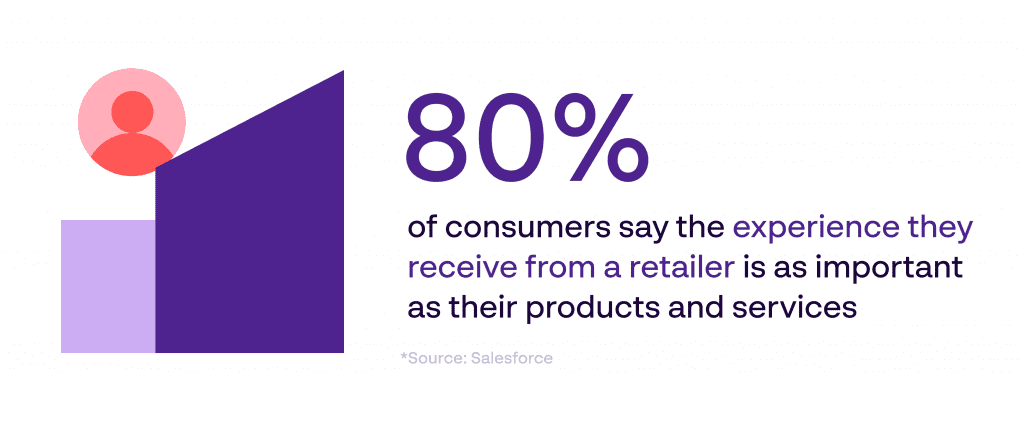
Speed is important for any marketing campaign, but this ramps up significantly in the world of retail. Any hours wasted searching for required assets can see brands miss a massive window of opportunity with their customers, be it a brief trend or seasonal event. Delayed campaigns can cost retailers greatly and cause them to lose out on business to competitors.
The presence of a DAM system helps to limit this possibility. Once again, the ability to tag and label assets makes it seamless for different stores to locate the assets they require for their campaign, or download and adapt an asset for their own purposes.
This accessibility of materials ensures that campaign turnaround times are cut down substantially. Retailers can strike their customers while the iron is hot with perfectly branded materials, and ensure their locations around the globe have the content they need at all times.
Of course, BAM captures these benefits and pushes the boundaries even further:
- PIM and ERP integration means that all marketing materials can instantly be updated with the data inside these systems
- Local stores are empowered to create their own local campaigns and collateral, without specialist designers in-house, and provide a truly omnichannel experience
- Individual stores can immediately adapt and translate existing assets for their local audiences
- Campaign progress can be effortlessly tracked, and analytics captured relating to asset usage and popularity
Why BAM beats DAM in corporate communications
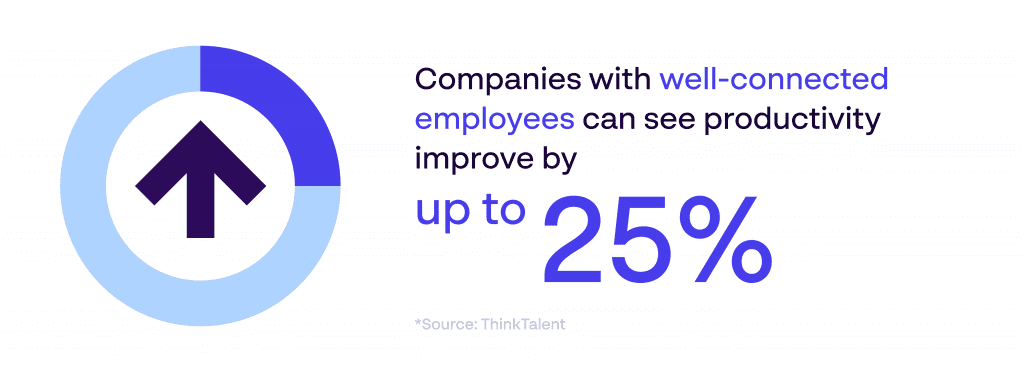
A DAM system is an effective tool for organisations looking to establish a “one team” mentality. It enhances the opportunities for collaboration among international teams, fostering greater unity among employees behind the brand as a whole.
So, rather than individual locations feeling isolated or disconnected from head office, the DAM platform gives them an immediate way to engage with the content that is being sent their way. This also means that, if an incident occurs that warrants an immediate response, this can be accomplished sooner, instead of tons of back-and-forth getting the wording or branding right.
BAM builds on these advantages that DAM offers to those responsible for a brand’s corporate communications:
- A unique brand portal helps keep every employee informed and connected to the purpose and values of the entire company
- Internal communication can be upscaled significantly at no greater cost, encouraging team members and boosting their productivity
- Locked-down templates ensure that consistency is always maintained in your external messages, so you never come across as disingenuous to customers
Embrace the evolution
We hope this has helped improve your understanding of the differences between DAM and BAM, and the role they play in securing brand consistency and maximising productivity within marketing teams the world over. If you have taken away only one piece of information, we hope it’s the understanding that with BAM you lose none of the benefits you gain with a DAM. Instead, you gain more that can immensely enhance the strength and stability of your brand internally and externally.
